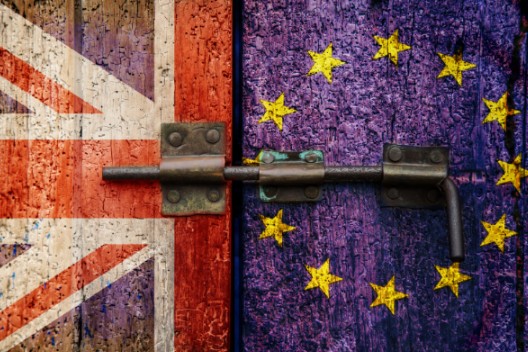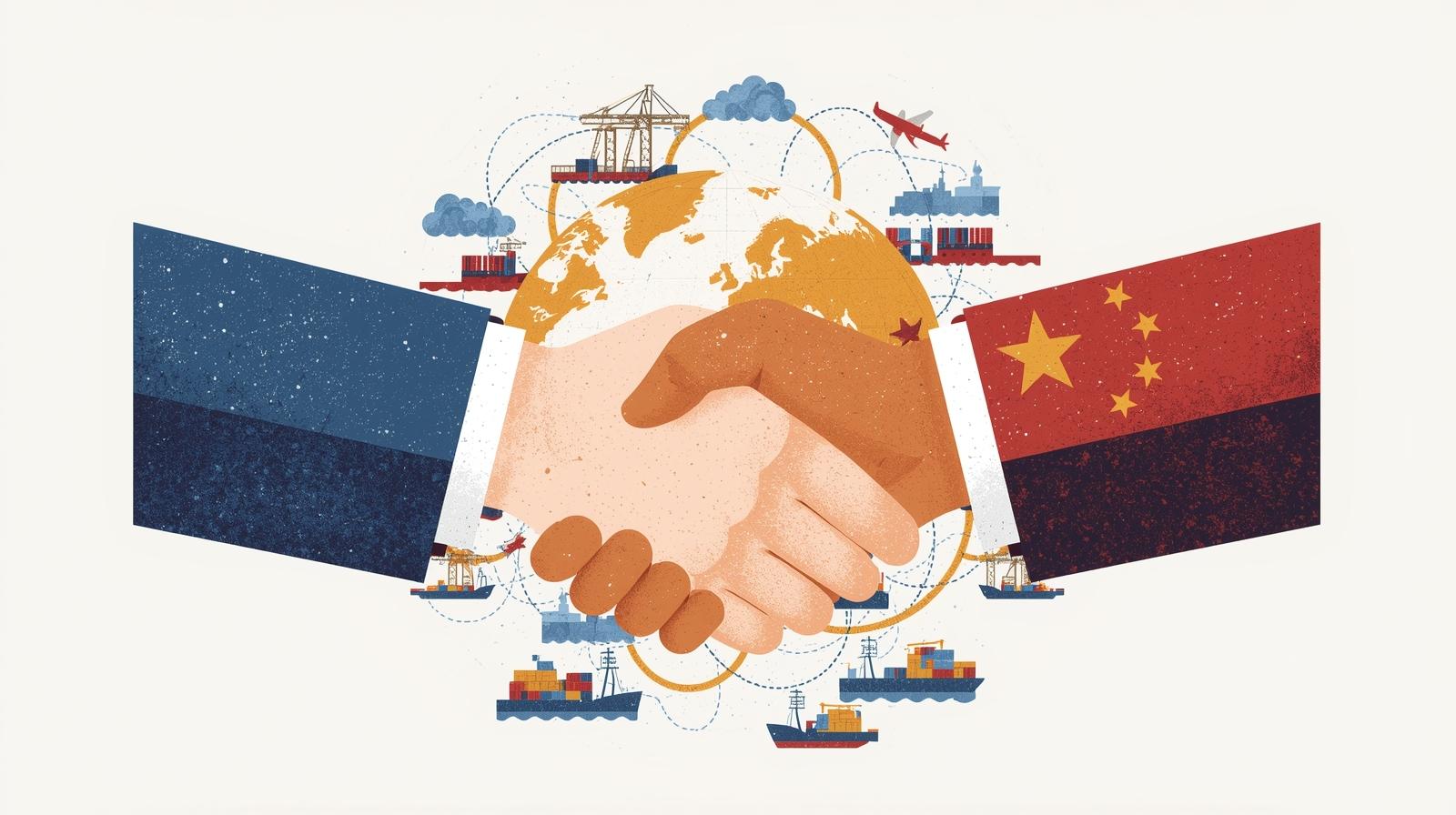Category: Uncategorized
-

Steel at the Crossroads: The EU-UK Tariff Rift and Its Industrial Reverberations Introduction: A Strategic Shock to the Steel Spine of Europe In late 2025, the European Commission unveiled a sweeping proposal to overhaul its steel import safeguards slashing tariff-free quotas by nearly half and doubling out-of-quota tariffs to 50%. For the United Kingdom, whose…
-

The Shockwave: What Happened on October 10 On October 10, President Donald Trump issued a sweeping threat to impose a “massive increase of Tariffs on Chinese products,” citing retaliation for China’s newly announced export controls on rare earth minerals. These minerals are essential to the production of semiconductors, electric vehicles (EVs), renewable energy systems, and…
-

Updated: December 8th, 2025 The US-UK Pharma Deal: A New Chapter for Trans-Atlantic Pharmaceutical Trade In early December 2025, after months of tense negotiations, the United States and the United Kingdom announced a landmark agreement that could reshape how medicines are traded, priced, and developed on both sides of the Atlantic. The deal promises zero…
-

A balancing act between giants – leveraging opportunities with the US, EU and China while defending domestic industrialization priorities Author: Maria Pechurina, Director of International Trade @ Peacock Tariff Consulting Indonesia has quickly emerged as a dynamic hot-spot for global supply chain reshuffling, successfully balancing its relationships with the US, EU, and China while prioritizing domestic industrialization…
-

U.S. Government Shutdown 2025: A Deep Dive into International Trade Functions I. The Shutdown’s Ripple Effect on Trade The 2025 U.S. government shutdown, triggered by a prolonged budget impasse in Congress, has cast a wide shadow over federal operations. While many domestic programs have paused, international trade functions are governed by a complex matrix of…
-

Aluminum Interrupted: The Novelis Oswego Fire and Its Ripple Effects on U.S. Supply Chains In the tightly wound machinery of North American manufacturing, few materials are as critical and as vulnerable as aluminum. On September 16, 2025, a fire at Novelis’ flagship rolling mill in Oswego, New York sent shockwaves through the automotive sector, abruptly…
-

Author: Maria Pechurina, Director of International Trade @ Peacock Tariff Consulting The current state of international trade between the U.S. and China is marked by ongoing negotiations, product and company-specific investigations, tariff impositions and attempts to secure mutual concessions. The arrangements are ever-evolving and the legal challenges like the IEEPA lawsuit create additional complexity. We aim to…
-

Trump’s 100% Pharma Tariff + New Duties on Furniture & Trucks: What Importers Must Know Before Oct 1
In a late-night series of posts on September 25, 2025, President Donald Trump unveiled a sweeping set of new tariffs that extend far beyond the traditional battlegrounds of steel and aluminum. The announcements targeted kitchen cabinets, upholstered furniture, heavy trucks, and most dramatically branded pharmaceuticals. The measures, set to take effect October 1, mark one…
-

Breaking News: A Historic Walkout On September 25, 2025, the Canadian Union of Postal Workers (CUPW) declared a nationwide strike, halting operations at Canada Post just hours after the federal government announced a dramatic restructuring of the Crown corporation. The strike, which affects more than 55,000 postal workers, is one of the largest labour actions…
-

Tariffs on Coffee Are Fueling the Rise of the Energy Drink Market America’s deep-rooted caffeine obsession is facing unprecedented challenges as sweeping tariffs on coffee imports lead to price increases and market disruption. Now, the beginning of each day with a sweet, fragrant cup of coffee brings with it a bitter reminder – the prices…
